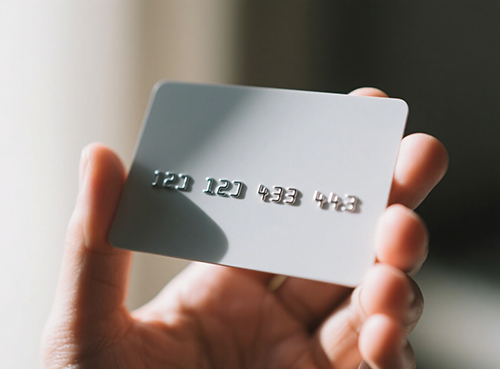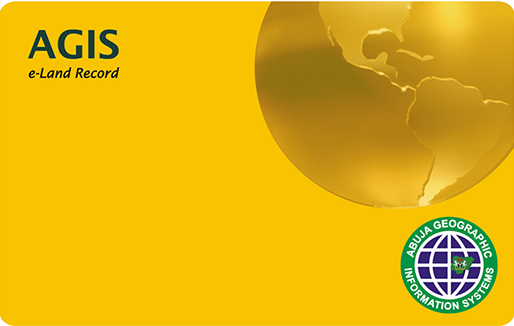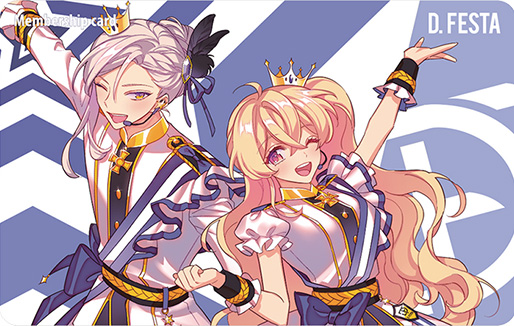Hot News
-
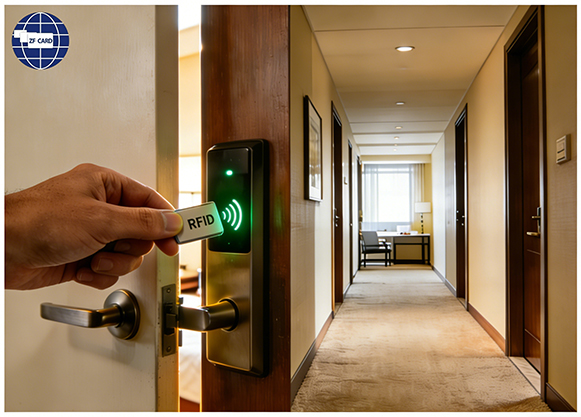 Enhance the hotel customer experience with radio frequency identification tags Dec 08,2025
Enhance the hotel customer experience with radio frequency identification tags Dec 08,2025 -
 Redefining Contactless Business Interactions Dec 03,2025
Redefining Contactless Business Interactions Dec 03,2025 -
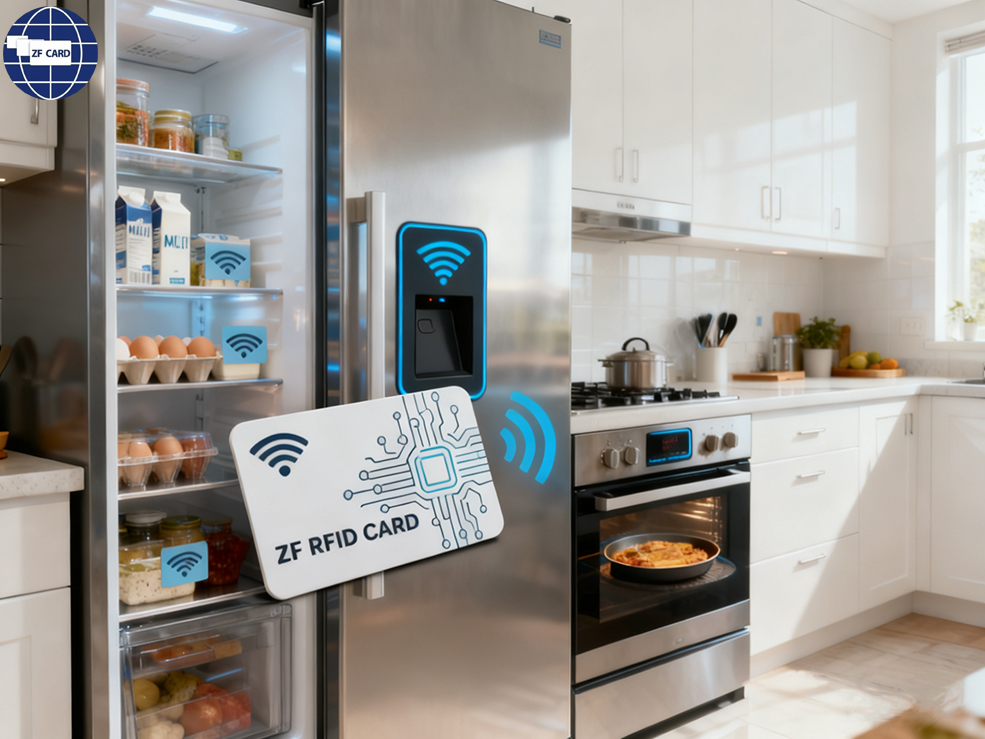 RFID Cards: Revolutionizing the Smart Home Appliance Experience Dec 03,2025
RFID Cards: Revolutionizing the Smart Home Appliance Experience Dec 03,2025 -
 Cost-Efficiency Approaches for Customized Room Keys in Mid-Sized and Small-Scale Hotels Dec 01,2025
Cost-Efficiency Approaches for Customized Room Keys in Mid-Sized and Small-Scale Hotels Dec 01,2025
Large embossed numbers vs. small embossed numbers: How to choose the 'raised digits' on a card?
Have you ever noticed that some cards have numbers or barcodes that are 'raised'? You can clearly feel the texture of the raised and recessed parts by touch—this is called 'raised code'! However, raised codes come in 'large' and 'small' versions, and they have different uses. Choosing the wrong one might affect your experience. Today, let's talk about this little secret hidden in the details of cards and help you avoid any pitfalls effortlessly.
1. What is convex code? First, understand the basic concept.
Embossed code, simply put, is a method that uses special processes (such as embossing) to make numbers, letters, or barcodes 'raised' on the card surface. Its core function is: to enhance tactile recognition (you can find key information by touch without looking), compatibility with special equipment (such as old card readers that require embossed code sensing), and to enhance anti-counterfeiting (fake cards find it difficult to produce precise embossed codes).
The main differences between 'large protrusion code' and 'small protrusion code' lie in the size, position, and applicable scenarios of the protruding areas.
2. Large Convex Code: Eye-catching 'big guy', function first
Feature: The raised area is relatively large (usually covers the entire numeric sequence/barcode, with a height of about 0.2-0.3mm), typically located at the bottom of the card or in a designated area (such as the row of numbers below the magnetic stripe on common magnetic stripe cards).
Advantages:
• The tactile feedback is extremely noticeable: you can quickly locate the numbers just by touching them with your fingers (suitable for scenarios where vision is impaired or in low-light conditions).
•High compatibility with equipment: It matches well with the embossed code reading modules of traditional card swipers and POS machines (especially older models).
•Anti-counterfeiting effect is excellent: large-scale raised areas are harder to replicate (the raised codes on fake cards are often blurry or insufficient in height).
Disadvantage: It occupies a bit more card space (if the design is complex, it may affect the overall layout).
Suitable scenarios: cards that require frequent manual data entry (such as supermarket membership cards, parking access cards), situations with high compatibility requirements for devices (such as traditional cash register systems), and cards that emphasize anti-counterfeiting (such as company internal permission cards).
3. Small Convex Code: Elegant 'small details', combining aesthetics and functionality
Characteristics: The raised area is smaller (usually only key numbers/barcode are raised, with a height of about 0.1-0.2mm), and the position is more flexible (can be hidden at the edge of the card or within design elements, such as a series of numbers next to a logo).
Advantages:
• Doesn't overshadow the design: small protruding area, blends more naturally with card patterns/printing (suitable for cards that pursue simplicity and aesthetics).
• Precise positioning: only highlight necessary information (such as the last four digits of a card number), which makes it easy to identify without affecting the overall layout.
• Cost of lightweighting: relatively low process complexity (suitable for scenarios with limited budget but requiring basic embossing function).
Disadvantages: The tactile feel is relatively weak (requires careful touch to perceive), and compatibility with some older equipment may be slightly poor (but it works fine with mainstream devices).
Suitable scenarios: cards that emphasize design (such as brand gift cards, cultural and creative membership cards), situations that only require partial embossed code functionality (such as only the last few digits of the card number being touchable), and younger user groups (such as campus cards, interest community cards).
4. How to choose? Look at these 3 key requirements!
· Do I need to be compatible with old equipment? Old card readers are more friendly to large convex codes; prioritize using large convex codes.
· Should my card design be minimalist? Small protruding codes do not disrupt the overall aesthetics and are suitable for refined layouts.
· Users mainly rely on touch rather than sight. They frequently manually input to select larger raised codes (which are easier to feel), and occasionally check to select smaller raised codes (which are more discreet).
For example: Supermarket membership cards (requiring multiple manual entries of card numbers every day) → large embossed codes are more practical; brand anniversary gift cards (emphasizing design) → small embossed codes plus gilding process are more upscale.
5. Tip: Embossing technology can also be used in combination!
We support a design that combines large embossed codes with small embossed codes (for example, entering the card number with a large embossed code at the bottom and marking the expiration date with a small embossed code in the top right corner). We can also pair this with gold foil printing or UV embossing (to give the embossed code area a more luxurious feel).
Don't underestimate this small 'raised bump'; it could be the key detail for improving user experience! Choosing the right type of raised code makes your card both practical and thoughtful.
-
 Design your card for free
Get Free Design
Design your card for free
Get Free Design -
 Free Sample Cards
Get Free Sample
Free Sample Cards
Get Free Sample -
 24 hours online service
Contact Us
24 hours online service
Contact Us-
Office Phone
+86 189-3398-5004
-
E-mail
mailto:Mary@zfcards.com
-
Office Phone
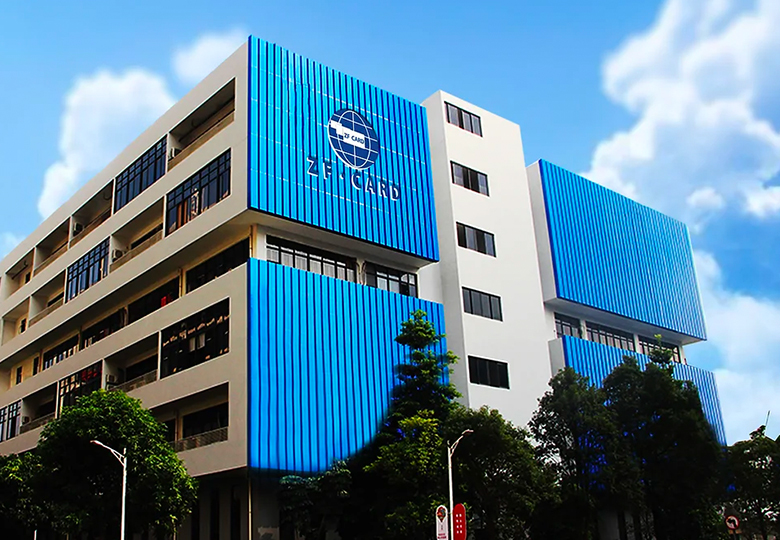
 English
English Russian
Russian French
French Spanish
Spanish Portuguese
Portuguese Italian
Italian Arabic
Arabic German
German

